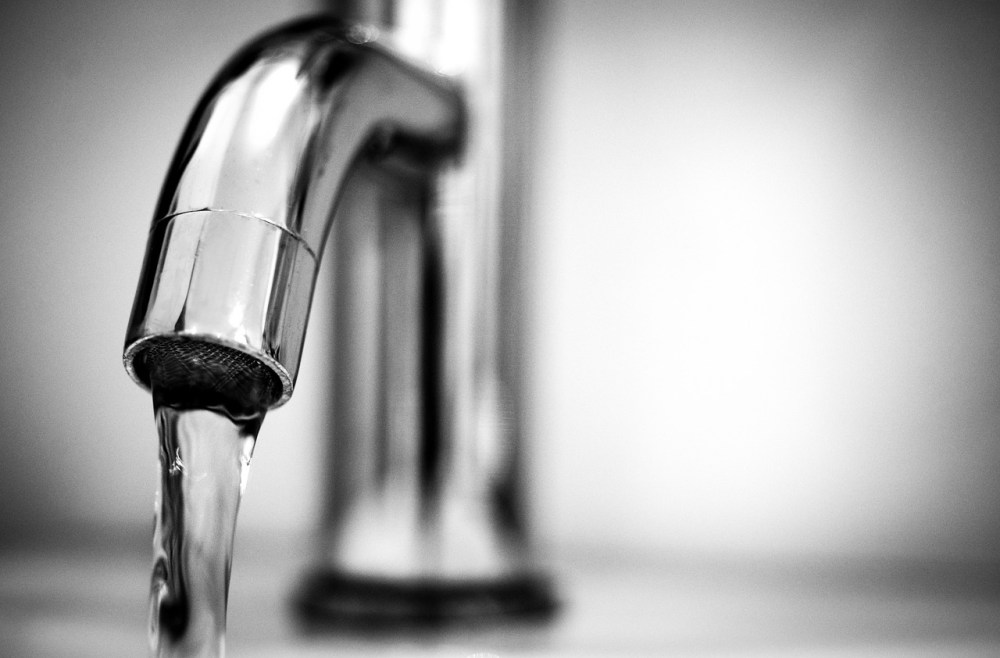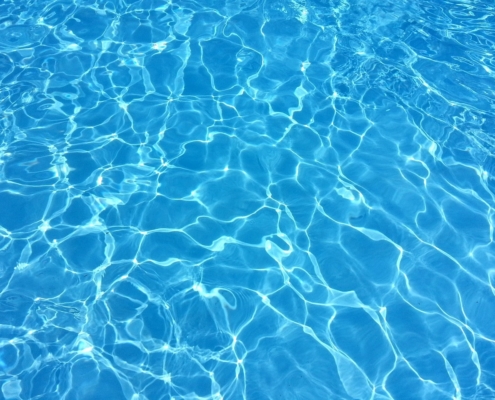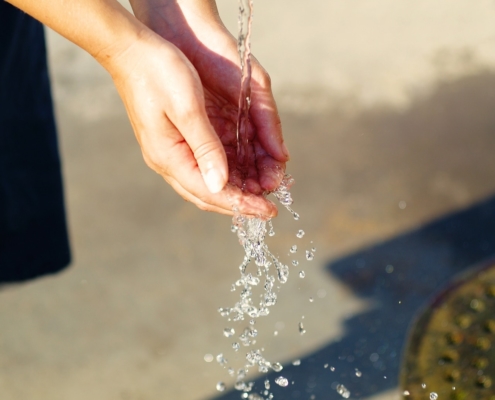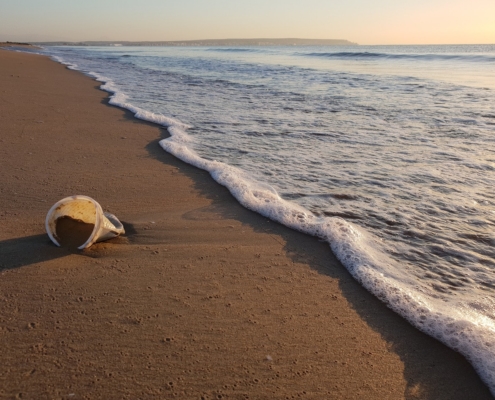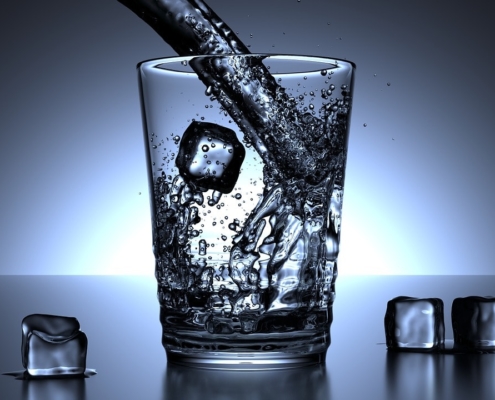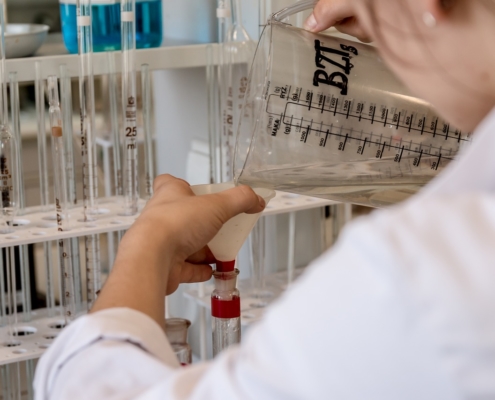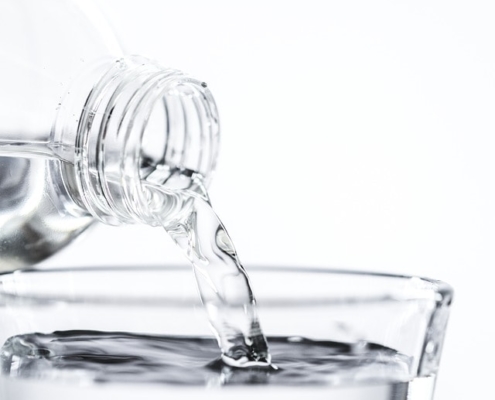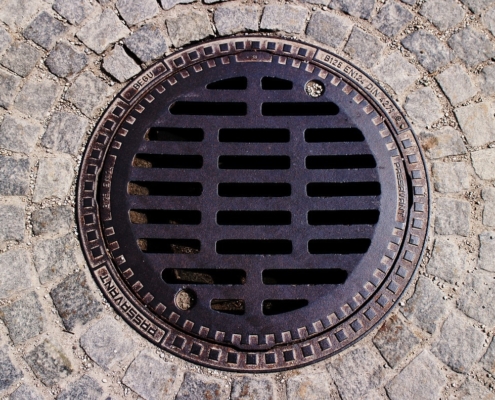Water quality – tap water drinkable without hesitation?
Water is life – and a life without water unimaginable. Not only should we eat at least two liters per day, we also need the cool water in all areas at home. In 2013, Germans consumed an average of 121 liters of tap water per person per day – and surprisingly, just 4 per cent of them use them for drinking and cooking. The rest literally flows into our body hygiene, flushing the toilet, flushing or washing clothes.
The water quality from German taps meets the highest hygiene standards and can be safely consumed. Really thoughtless? News about nitrates in groundwater makes many Germans shy away and prefers to bottle bottled water. But what is behind the messages and how is it really ordered to the water quality?
What is important for the quality of the water?
Our drinking water is subject to the strictest controls, which are often even carried out daily. But what is actually being sought for? The EU has issued detailed guidelines on which properties may or may not dispose of drinking water and has defined more than 60 criteria. To give just a few examples of what our drinking water is routinely investigated:
– smell
– taste
– turbidity
– impurities
– minerals
– colour
– PH value
When it comes to chemicals and contaminants, particular attention is paid to the number of coliforms – those that can cause diarrheal diseases, vomiting and other physical ailments – but also to nitrate and phosphate levels as well as ammonia and ammonium levels in the water. If an excess of soiling becomes apparent, the supplier must react immediately. The water suppliers themselves are responsible for the controls of the water quality, but are state-checked by the health authorities. This ensures that our drinking water meets 99% of the requirements and is therefore one of the healthiest drinking water types in Europe.
Nitrate, lime, rust – what’s in tap water?
In 2017, some irritation arose after it became known that the nitrate pollution of groundwater is beyond the limits. And even if it has a negative impact on the environment, it has no direct impact on the water quality of our drinking water. But it’s the waterworks that have to work harder to keep the water quality at the same level. This means that while we do not consume nitrate, this development could lead to drinking water from the tap becoming more expensive in the future in order to lower nitrate levels. But even then, the water from the faucet – in some regions almost affectionately called ‘Kranenberger’ – will probably always remain cheaper than bottled water.
Rust, or rather water with a high iron content, colors the water reddish and creates an unpleasant, metallic taste. However, even this has no harmful effects on the body. If the water from the tap is reddish, you should still let it run until it becomes clear again.
And then there is the lime content in the water. Lime in the water is completely harmless to humans. In fact, the calcium in the lime is even valuable to our health. However, increased lime content in the water causes problems for our kitchen and washing appliances. Here, the lime deposits on heating coils can lead to increased power consumption or even damage to the device. It is therefore important to descale coffee maker, washing machine and Co. regularly. Your water supplier will be pleased to give you any information about the limescale content in your drinking water and to make recommendations on how often it is advisable to decalcify the appliance.
Do pipelines have an influence on the water quality?
The water quality is in the hands of our water suppliers – at least until the time the water reaches our own pipelines. And here, especially in old buildings with old pipes, pollution can occur. This is especially true if the pipes are still made of lead. However, lead pipes are no longer used today and are therefore rarely found in real old buildings. Other critical materials that can lead to contamination of the water quality are, for example, copper, cadmium or nickel.
If you are unsure whether your drinking water is contaminated by the in-house piping, you can have your water tested in a drinking water laboratory near you. If pollutants are detected in the water, the landlord must take care of the replacement of the lines from a certain amount of residue.
Tap water or mineral water – what’s better?
First of all: the Drinking Water Ordinance is much stricter than the Mineral and Table Water Ordinance, in which only the quality of the water during bottling on site is relevant. Everything that happens afterwards – transport to the consumer or storage – is not subject to the test regulations. To make matters worse, that mineral water is often mixed with far less important minerals than the water that flows from the line.
If one considers the factor of the plastic bottles into which the mineral water is usually bottled, justified doubts arise as to whether the plastic could not release chemicals into the water. Therefore, one can say in principle: with our high water quality, it is not only cheaper, but also more environmentally friendly and healthier to drink tap water instead of bottled water.


